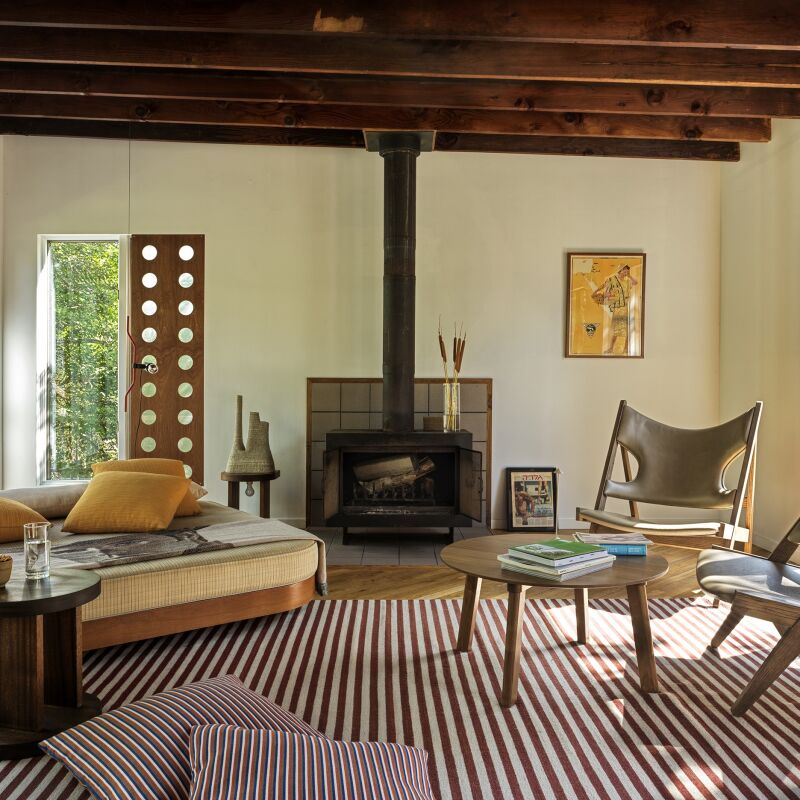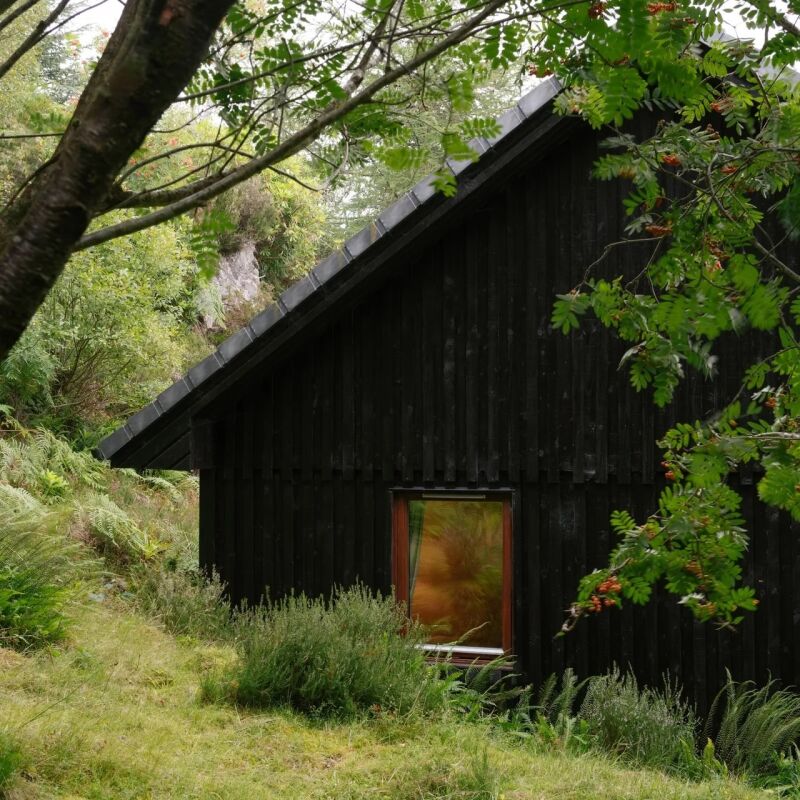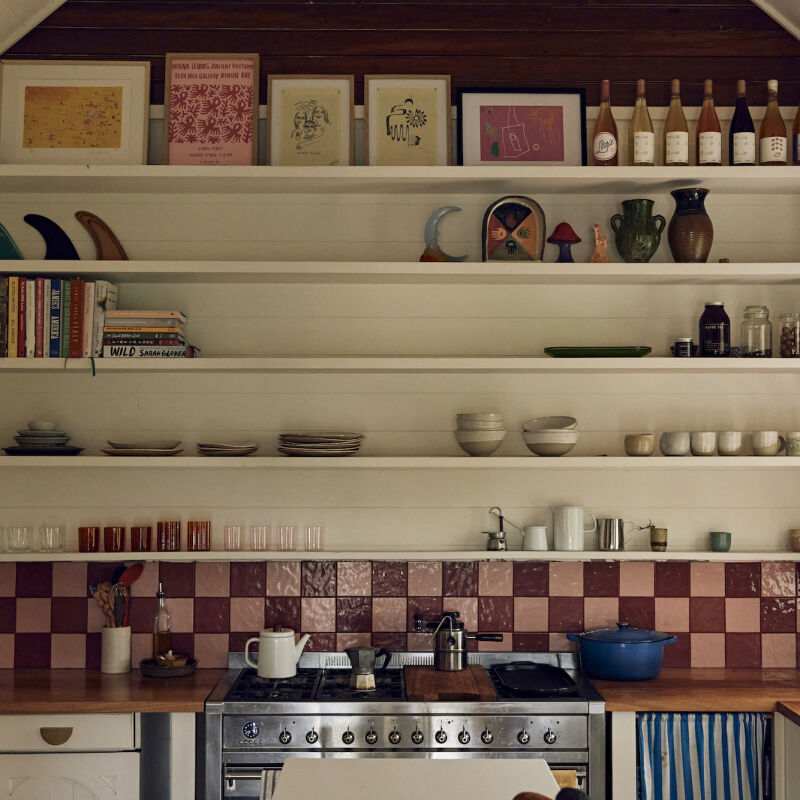In 2010, Marta Nowicka used a small inheritance to buy an unprepossessing bolthole by the sea. “It was in a terrible condition,” she recalls. “It hadn’t been touched since the 1960s, and when the last tenants moved out the entire place had been vandalized. The floorboards had been ripped up and all the copper piping had been removed. The windows were smashed, the walls graffitied, and there was rubble and rubbish everywhere.”
An experienced interior architect, Marta saw past the debris and destruction and decided to embark upon a slow, budget-conscious renovation of the unassuming end terrace at Jury’s Gap: a group of nine white coastguards’ cottages overlooking Camber Sands in southeast England.

Having recently completed a final—and fairly major—phase of renovation work, the once “creepy” cottage has transformed into a contemporary coastal retreat that Marta rents out via DOMstay, a succinct collection of design-led holiday rentals. Here, she shares her advice for creating a contemporary coastal retreat.
Photography by Felix Speller, except where noted.



1. Embrace sea views.
“Sometimes, the most significant quality of a coastal retreat is the location, so make the most of it,” says Marta. “While it’s not always easy to come up with the perfect scheme, I’d always advise keeping the best view for the room you will be spending most of your time in.” For Marta, that space is the kitchen, which has recently been remodeled. Marta added a generous window above the countertop that provides expansive views of the dunes and distant shoreline.


2. Mix old and new.
“While modern luxuries can make us feel comfortable, objects with history have an undeniable charm,” says Marta. Her kitchen-diner is a case in point. Here, the utilitarian stainless-steel Ikea kitchen is paired with a gnarled 500-year-old wooden table inherited from her father. The Antelope chairs—designed for the Festival of Britain by Ernest Race—introduce another design era.


3. Add texture to walls.
“Tongue and groove panelling is a great way to add texture without compromising the modern feel of a beach house,” explains Marta, who has used both vertical and horizontal panelling on walls—and ceilings—throughout the cottage. It also helps to conceal built-in storage, as seen above the wet room in the kitchen extension, below.

4. Invest in appliances.
“Choosing the right stove, refrigerator, or kettle can really make or break the design of your coastal kitchen,” says Marta. “Investing in the right appliance—even if it seems like an insignificant detail or unnecessary expense at the time—will always be worth it in the end.” Her retro white enamel Jøtul wood burner is “the crown jewel” of her latest renovation.


5. Layer natural materials.
“An all-white interior can still feel warm and inviting if you break it up with natural materials,” Marta advises. In her cottage, terrazzo tiles in the bathrooms mimic the pebbles on the nearby beach. Wood, rattan, bamboo, wicker, and jute abound whilst linen and cotton throws protect soft furnishings from wet swimsuits and sandy feet.


6. Upcycle nauticalia.
“No coastal home is complete without the occasional nautical reference. Just don’t overdo it,” cautions Marta. “Rather than buying new, allow yourself to be inspired by your surroundings; be creative about the ways in which you might use a fish-trap or a bottle that’s washed ashore.” From the first floor landing, a steep ship’s ladder climbs up to an attic bedroom. The handrail is a mooring rope.
N.B.: See also Marta’s remodeled ambulance station in Rye.




Have a Question or Comment About This Post?
Join the conversation (1)